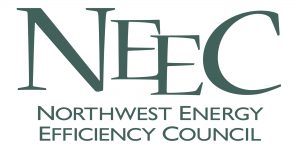(From ACEEE Blog Post)
Commercial buildings consume 20% of the total energy used in the United States—more than the energy consumed by all the nation’s cars, trains and airplanes put together. A significant portion of this energy can be saved through efficiency in design, systems, and operation. Utilities and other efficiency program administrators have long been incentivizing energy efficiency measures that target various energy end uses such as lighting, heating, ventilation and air conditioning.
However, as in the famous Indian legend, in order to truly know what an elephant is, you have to be able to perceive the elephant as a whole. Comprehensive energy retrofits are designed to consider the whole building as an integrated system of interacting sub-systems, and, as depicted in figure 1, optimizing these sub-systems together offers the greatest opportunity for saving energy.
A new report from ACEEE analyzes retrofit programs that encourage a whole-building approach rather than standard preapproved or prescriptive efficiency measures. After reviewing over 25 programs from across the nation, we created recommendations for pathways that program administrators can adopt to increase their market penetration and improve the program outcomes.
